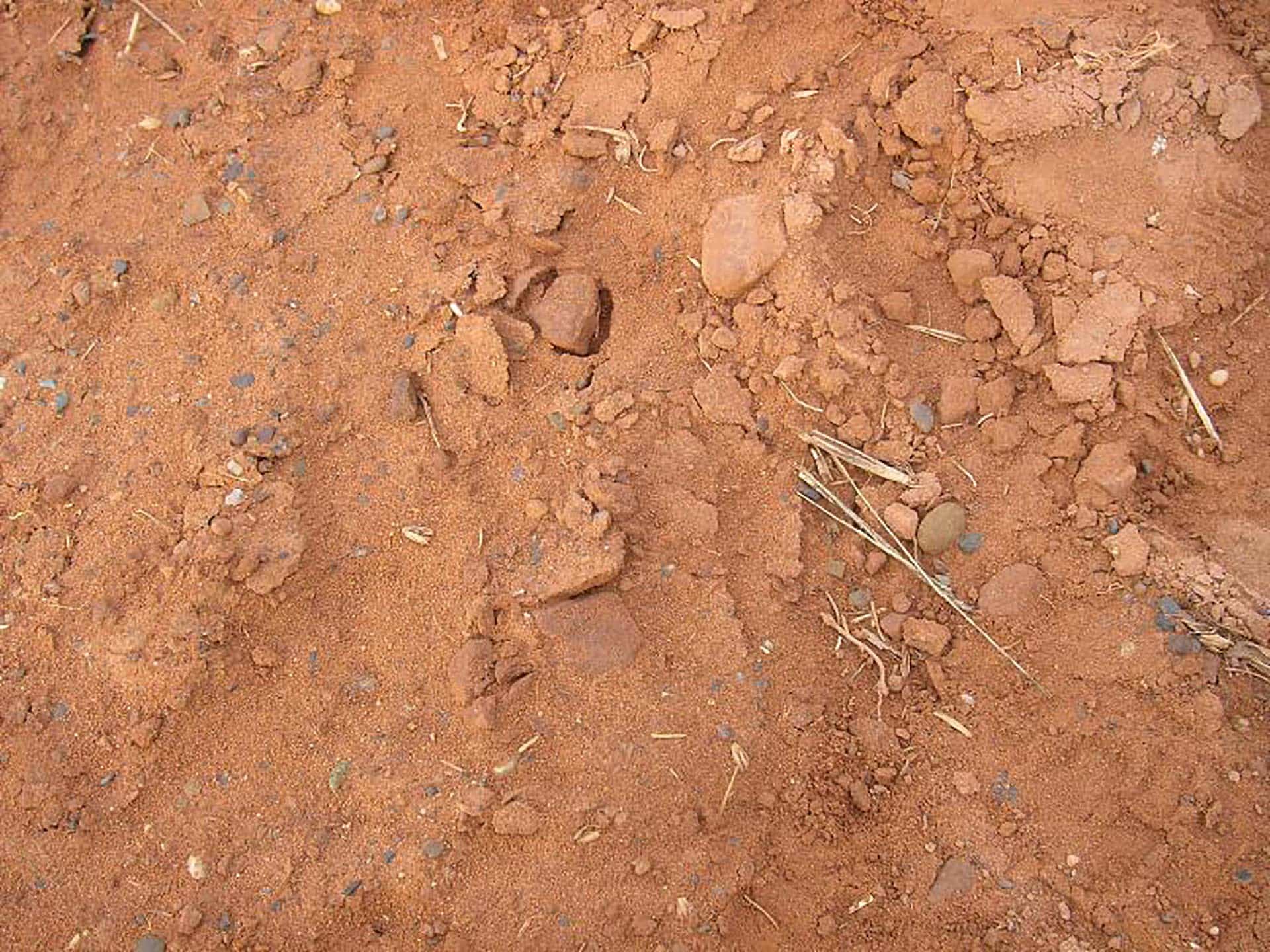Soil
The topsoil has a much higher content of organic matter.
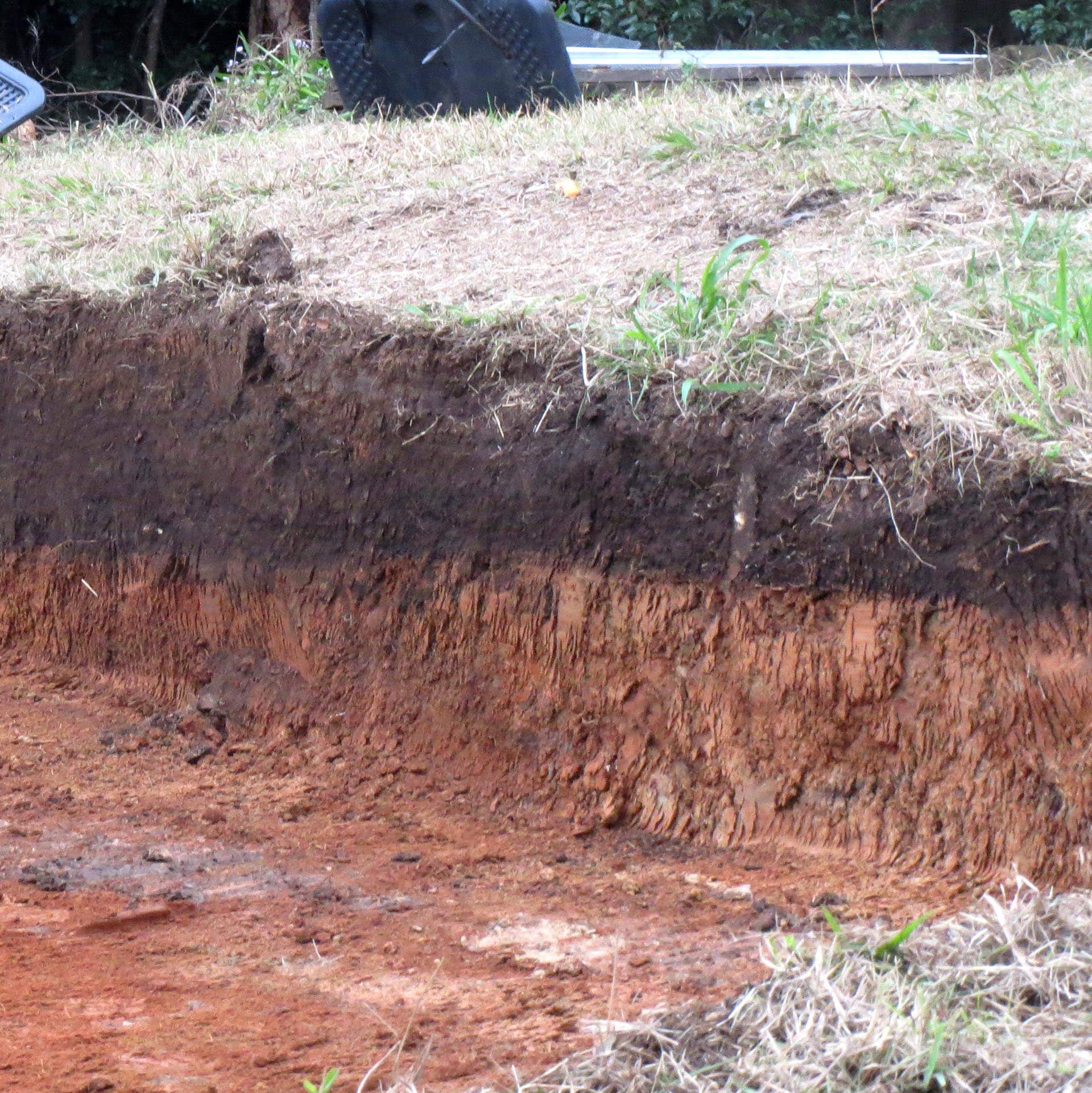
Particle size
Clay
If the soil holds together in a firm shape like plasticine, it will be mainly clay. This has the smallest size particles of the three soil types.
Clay soils can be found in varying colours from white and grey through to brown and dark orange-red. This colour range is reliant on the contents of the soil in which it forms.
Clay soils:
- are sticky when wet and smooth when dry
- are nutrient rich
- have soil particles that are very close together and form plates, which makes the soil heavy, drain slower, and have very little air circulation within it
- hold water well but becomes hard if it dries out too much
- form a hard crust when dry
- are easily compacted
- difficult to till
- are slower to warm up, which can delay planting in spring
- have a high cation exchange capacity.
The major plus for clay soils is that they have a high cation exchange capacity. The plate-like structure gives a large surface area and because clay particles are negatively charged, there is a lot of area to hold the positively charged elements which are the nutrients plants require.
Soil structure can be improved dramatically by adding organic matter and more organic matter. Organic matter such as compost, animal manures and green manure crops together with byproducts produced by microorganisms that break down the organic matter, form clay particles into aggregates. These aggregates are larger clumps of soil particles and have spaces between them where air and water can move freely, plants roots can develop, microorganisms can live.

Silty
If the soil holds together reasonably well but is slightly crumbly, it is probably a silty soil. Its soil particle size is somewhere between clay and sandy. Usually found near waterways, having been deposited by slow-flowing water.
Silty soils:
- are very fertile
- can compact under heavy traffic e.g. with regular tractor use
- are hard to rehydrate when dry and hard to drain when wet
- have good cation exchange capacity.
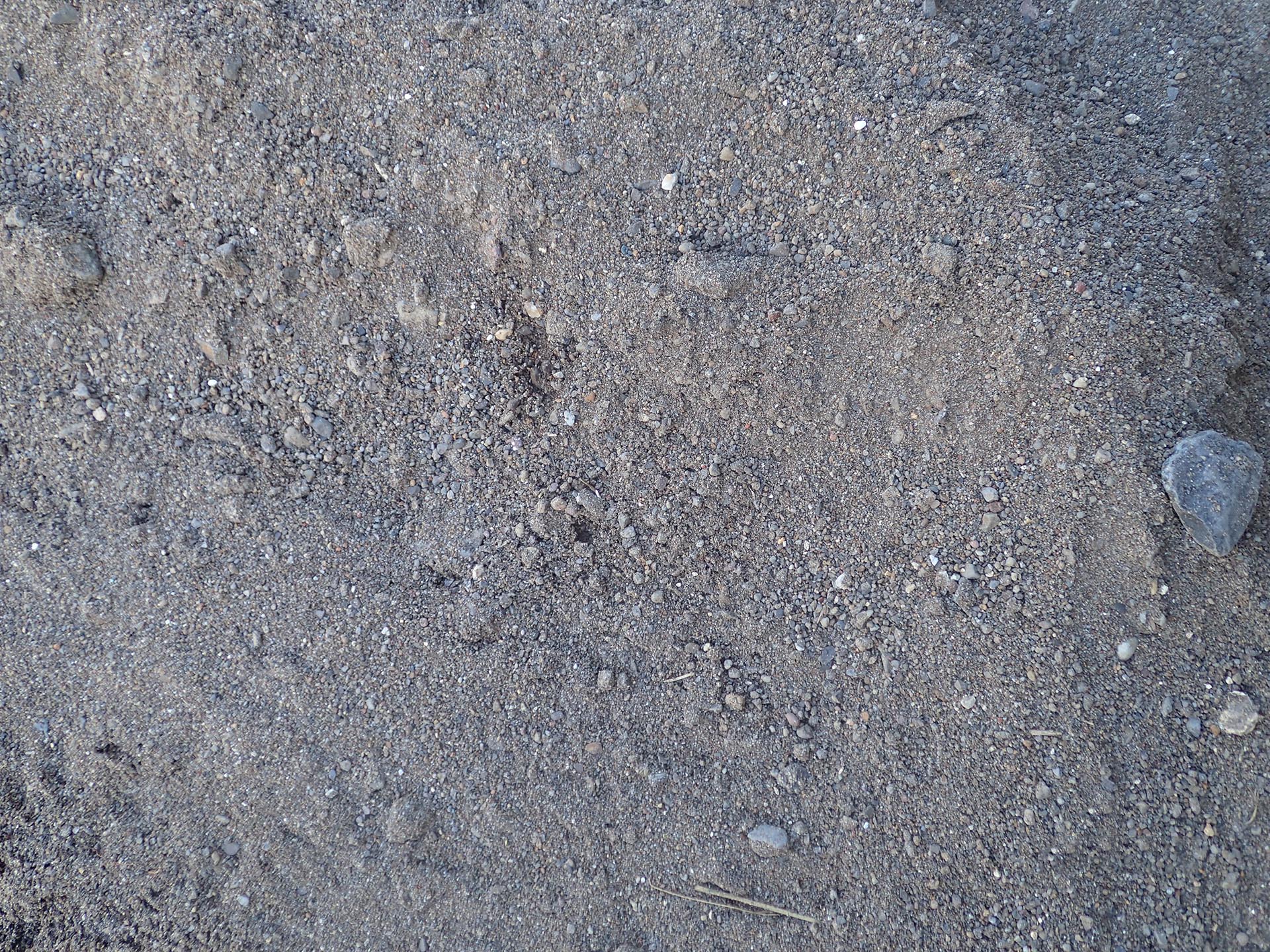
Sandy
If the soil is crumbly and has sand particles throughout, it is a sandy soil. It has the largest particles of the three soil types.
Sandy soils:
- drain water very easily between the particles, which leaches nutrients out before the plant can utilize them
- warm up quickly which is good for early spring planting
- have very little to no cation exchange capacity.
Sandy soils are not very fertile as they have very little to no cation exchange capacity. Sand particles are not charged and therefore unable to hold any nutrients.

Loam soil
Loam soil has the best features of all the soils.
Loam soils:
- combine sand, silt and clay
- are gritty and moist but also dark, soft and crumbly
- have high nutrient and humus content
- retain water easily but also drain well
- are easier to till than clay soil
- have a high pH
- are well aerated
- -very good cation exchange capacity
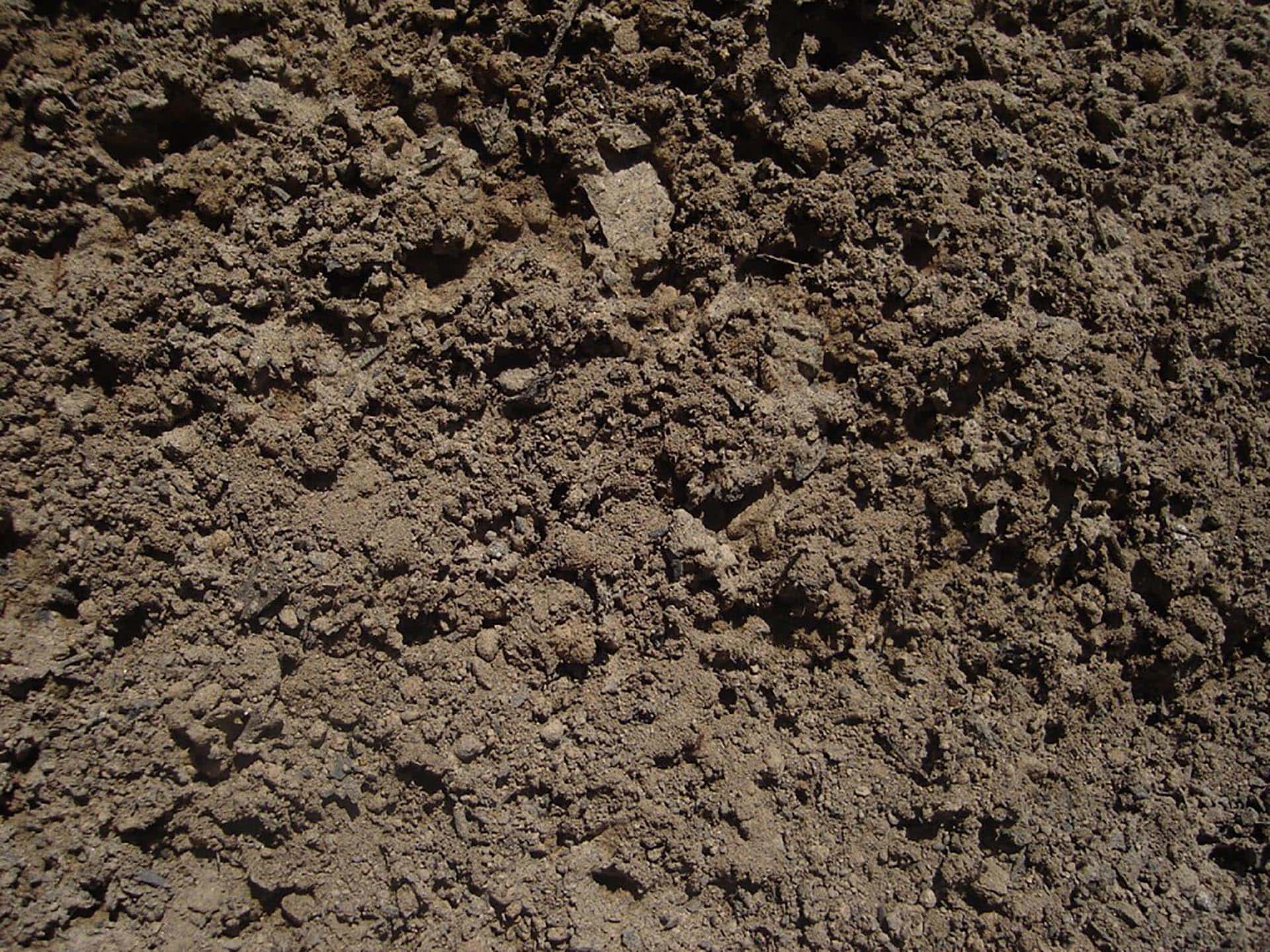
Colour
Red soils
- are found in warm, moist, temperate climates
- sand content gives it a friable (crumbly) texture
- have a thin organic layer (humus) at the surface
- are formed from iron-rich sedimentary rock; the red colour is the result of the iron oxidising
- don’t have much clay content
- are usually poor growing as they are less fertile, lacking in nutrients and organic matter
- are difficult to cultivate
- are slightly acidic (low pH)
- have poor moisture retention
- are porous
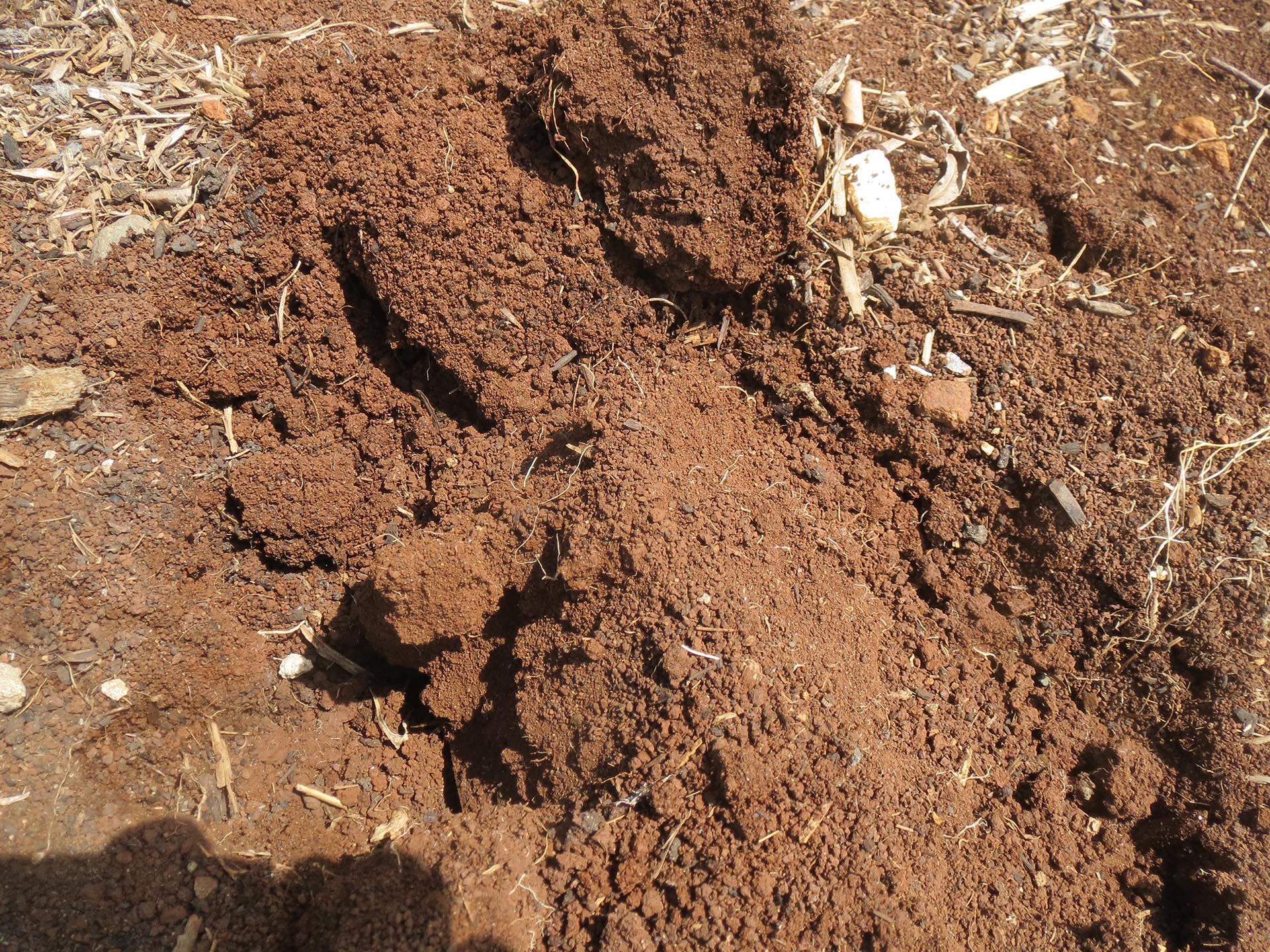
Black soils
- are dark grey to black in colour
- have a high content of organic matter and are therefore quite fertile
- have high clay content
- are rich in iron, lime, calcium, magnesium, carbonates and alumina
- hold moisture well
- have a surface layer that crusts and cracks in the sun making it difficult for water to penetrate evenly
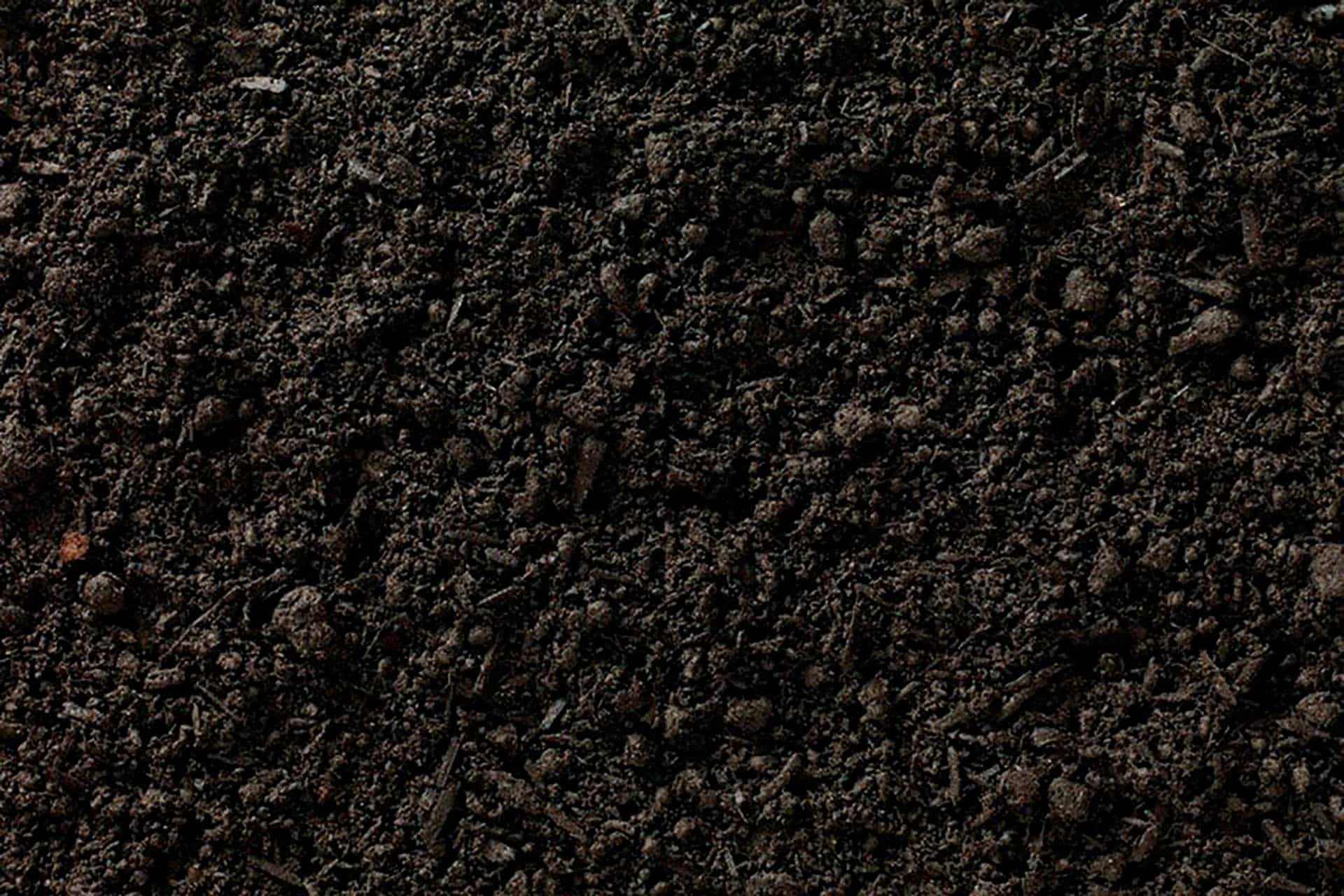
Brown-to-yellow soils
- are composed of iron and aluminium oxides
- low organic and nutrient content, giving them poor structure and very low fertility
- are hard when exposed to air, so are primarily used as building material
